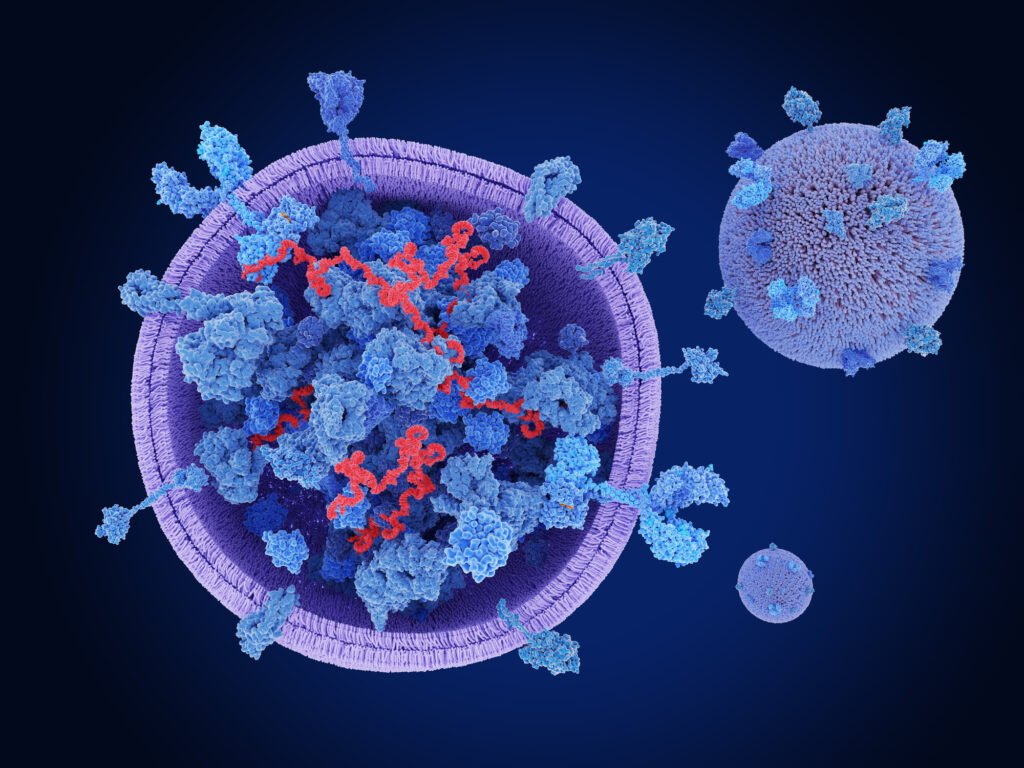The field of regenerative medicine is continually advancing, particularly in the area of tendon repair and healing. A recent study has shed light on a promising approach to enhance the regeneration of fibrocartilage at the tendon enthesis, a crucial factor in preventing the retear of the rotator cuff after surgical reattachment. The authors of this groundbreaking research include Yue Wang, Ji-Zheng Qin, Chao-Yu Xie, Xin-Zhou Peng, Jian-Hua Wang, and Shao-Jie Wang, all from the Department of Joint Surgery and Sports Medicine at Zhongshan Hospital, Xiamen University, and the Department of Orthopaedic Surgery at Xin Hua Hospital, Shanghai Jiao Tong University.
In the realm of rotator cuff injuries, one of the most significant challenges faced by orthopedic surgeons is the insufficient regeneration of fibrocartilage at the tendon enthesis. This deficiency is often the leading cause of retearing after surgical reattachment, leading to prolonged recovery and increased healthcare costs. To address this issue, researchers have been exploring innovative strategies to promote fibrocartilage formation and enhance tendon healing.
One promising avenue involves the use of exosomes derived from bone marrow-derived mesenchymal stem cells (BMSC-Exos). These exosomes have demonstrated potential in inducing fibrocartilage formation, providing a natural and effective means of promoting tissue regeneration. Additionally, kartogenin (KGN), a small molecule, has also been shown to play a role in stimulating fibrocartilage development.
The study in focus investigates the possibility of loading KGN into BMSC-Exos to create a synergistic effect that could significantly enhance the inherent activity of both components. By combining the regenerative properties of BMSC-Exos with the fibrocartilage-inducing abilities of KGN, the researchers aim to develop a more effective treatment strategy for tendon enthesis healing.
While preliminary findings suggest that this combination could yield superior efficacy in promoting tendon healing, further investigation is essential to fully understand the potential benefits and mechanisms involved. The implications of this research could be profound, offering new hope for patients suffering from rotator cuff injuries and contributing to improved surgical outcomes.
In conclusion, the work of Yue Wang and colleagues represents a significant step forward in the quest for effective treatments for tendon injuries. As the scientific community continues to explore the therapeutic potential of exosomes and small molecules like KGN, we may be on the brink of a new era in regenerative medicine that could revolutionize how we approach tendon repair and healing.


